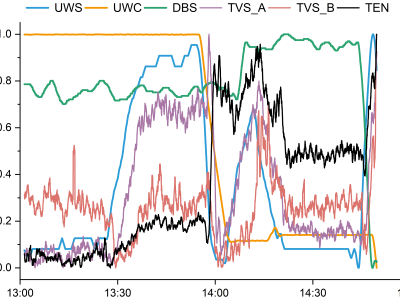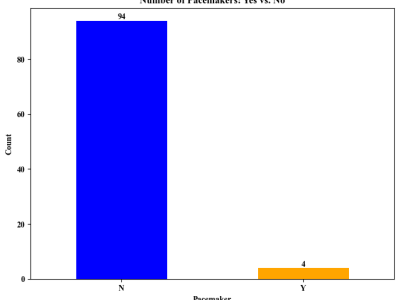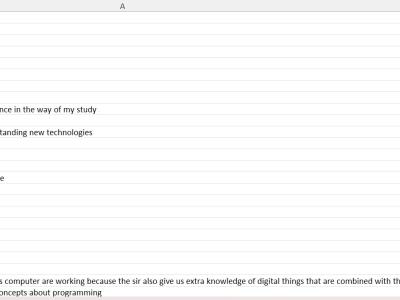
This graph illustrates the visualization trend of a subset of the dataset I have uploaded, which comprises 6500*9 data points. The dataset consists of nine columns representing underwater speed (UWS), underwater course (UWC), depth below the surface (DBS), rate of change in speed (RCS), rate of change in course (RCC), rate of change in depth (RCD), trend A and B of vibrational signals (TVS_A, TVS_B) and electromagnetic noise trend (TEN) recorded by the AUV.
- Categories:



